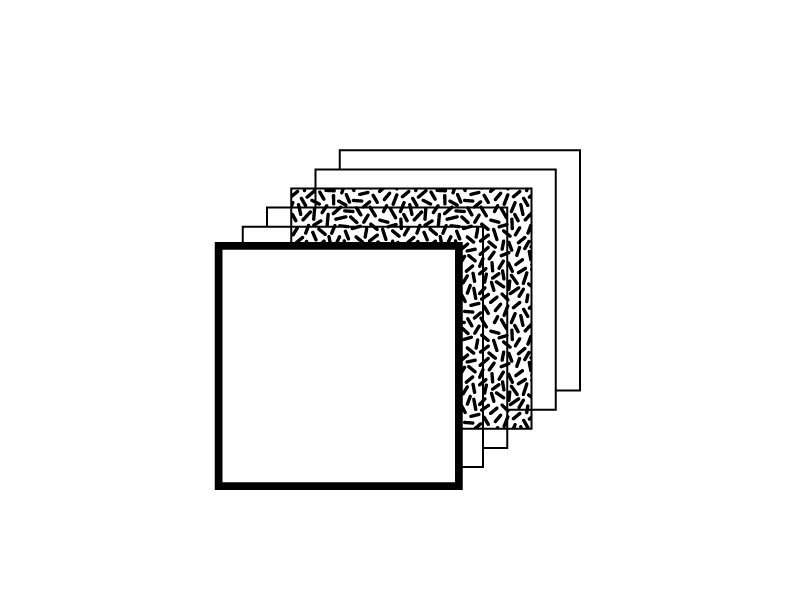BCA-N: The More the Better
The more BCA-I’s and strips introduced in the BCA-N, the better. Because one strip does only explain one border experience. The BCA-I stresses on the personal interaction with the border during the BCA. Therefore, the strip is an individual interpretation of the border by the border crosser at the time of the BCA. So, one strip or even one BCA-I does not say a lot about the topic, even if the strips are done with a lot of care and in high quality. Two BCA-I’s contain already a more diverse representation of the border. Imagine that not two but ten, twenty, fifty or even a hundred BCA-I’s of one border location would be filled in and included in the BCA-N. The diversity and richness of a border region would be represented more accurately. So, the more the better. As such, the Border Encyclopedia plays with the contradiction of having as much strips as possible, but at the same time the Border Encyclopedia is working with qualitative embodied knowledge generated during the BCA’s.

- In the 16th century, Conrad Gressner adds the unicorn to his zoological encyclopedia. It is a book of more or less 4500 pages and is seen as the founder of modern zoology. Even though he does not explicitly express doubts, Gessner is unsure about the existence of the unicorn. However, this is not a reason at all to not include the unicorn in his book. He believes it is wiser to add the animal untill the moment that it is proven the animal does only exist in our imagination.1Gianna Pomata, Nancy G. Siraisi, Historia, Empericism and Erudition in Early Modern Europe, 178 In the 18th century, cabinets of curiosities were very popular, collecting all kinds of objects from around the world and each with its own story. Natural history museums were set up and are still popular for their amazing collections. However, these collections and also the collection in the navigator, have another capacity of being classified and structured. In the 18th century, collections are the bases of analysis. Collections are used for systematic study, to identify, to name and to describe. And as the BCA-N allows, to make new, smaller and more specific collections. The bigger the collection the more to look at, the more to classify and the more to learn. The BCA-N is nothing more than an open cabinet of curiosities with an accessible filter system to learn about borders. As such, by welcoming an unknown audience to the collection, the Border Encyclopedia opens up the backstage of this artistic research process and activates the audience to classify by themselves.2John V. Pickstone, Ways of Knowing: A New History of Science, Technology and Medicine, 60-102
- ‘The Map is Not the Territory’.3Alfred Habdank Skarek Korzybksy (1879 –1950) was a Polish-American independent scholar who developed a field called General Semantics. A well known quote from Alfred Habdank Skarbek Korzybski but often forgotten while looking and interpreting maps of any kind. Maps are nothing more than one singular representation of a certain place in time. The map is an abstraction of or a reaction to a place but not the thing itself. However, maps are often confused with the territory and the live on that territory. The more the better also relates to this confusion. Only one BCA-I, by one person, on one border, at one time and executed on one place represents nothing more than the experience of that border, at that specific time done by that person. As such, the more BCA-I’s executed by the more people, at the more borders the closer the map comes to a good representation of the territory.
[1]Gianna Pomata, Nancy G. Siraisi, Historia, Empericism and Erudition in Early Modern Europe, 178.
[2]John V. Pickstone, Ways of Knowing: A New History of Science, Technology and Medicine, 60-102.
[3]Alfred Habdank Skarek Korzybksy (1879 –1950) was a Polish-American independent scholar who developed a field called General Semantics.
